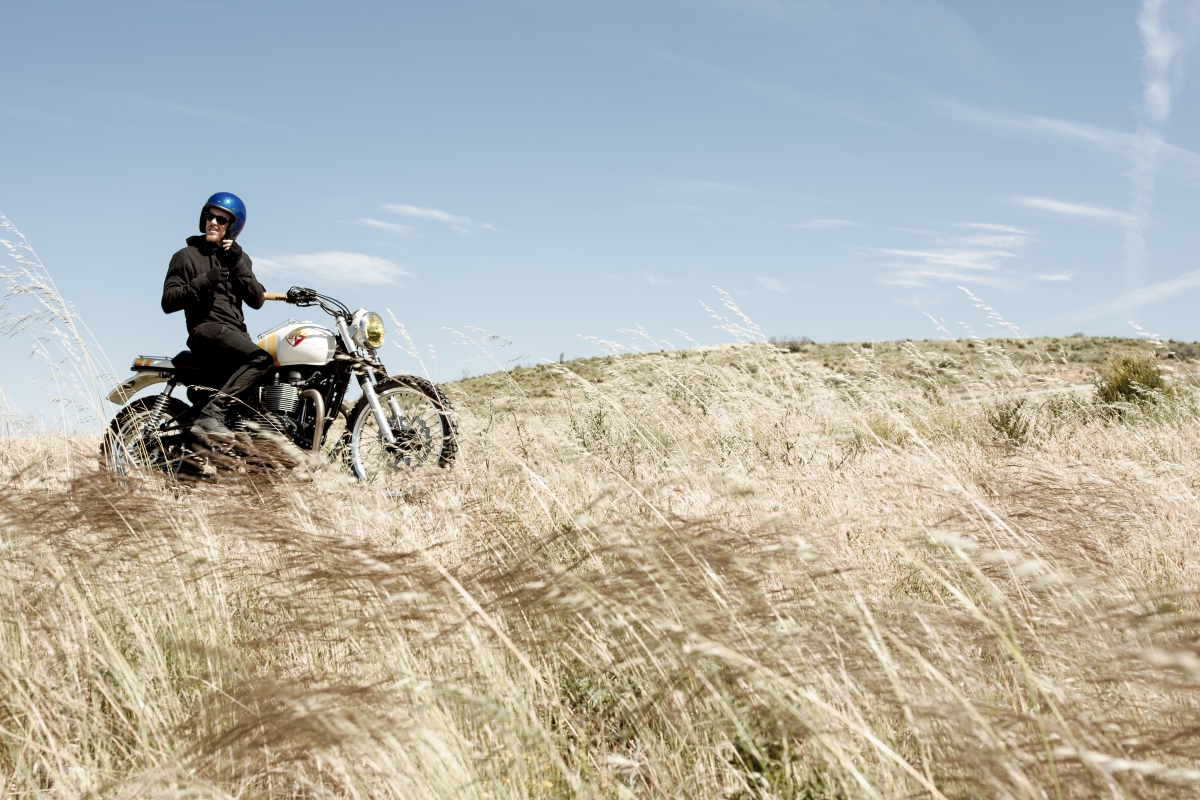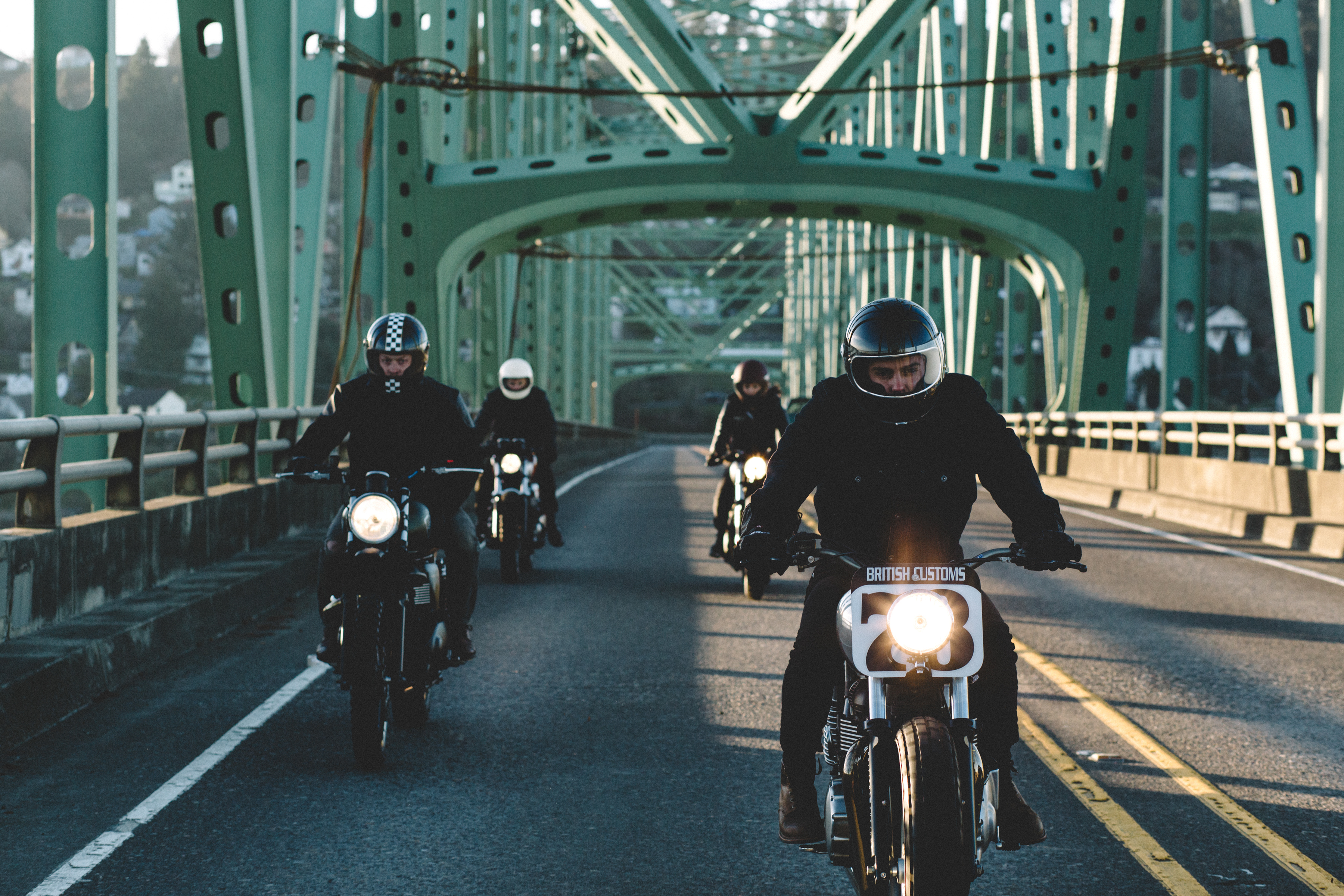Wrencher’s Digest: The Heritage Of Modern Classic Motorcycle Engine Designs
When Triumph released their new line of liquid-cooled bikes, we all paused and stroked our chins at the division it created in the motorcycle community. Some members were all for progress and moving forward and embraced the new line of motorcycles with open arms. Others disliked the idea of transitioning to liquid-cooled designs, claiming that Triumph sold out and had abandoned its sense of tradition.
Since the release of the new models, we’ve had the chance to build a range of customs using each platform, including the Street Twin, Bonneville T120, and 1200cc Thruxton. Working on the new liquid-cooled bikes has made us reconsider the air-cooled modern classics, and we wanted to take some time to share those thoughts with you.
Tradition and heritage is important to us. And while we’re all for progress, we believe that authenticity is king in an age of irony. In that vein, the air-cooled bikes have a sense of authenticity that goes beyond their looks. Air-cooled engines have a distinctive, timeless appearance that comes from the functionality of their design: they look the way they do because of their elegantly simple design. The beautifully sanded cooling fins are there because they keep the bike cool, not because they want to create the impression that it’s a retro-style motorcycle. The liquid-cooled bikes also have fins, but they’re just there for looks. The odd design discrepancies don’t stop there.
The air-cooled bikes’ design itself is much closer to the vintage designs than the liquid-cooled models’ designs. While they don’t necessarily have oil in the frame, they at least don’t have radiators blocking the view of the engine and electronics tucked away in random places like the front sprocket cover.
The most authentic modern classics are the air-cooled carbureted models. These motorcycles don’t just look old school, they’re as close as you can get to the real deal without having to get an oil-in-frame right hand shifter. Carbureted models make great custom builds because they’re fully customizable and you don’t have to deal with any black box electronics managing your engine for you. And we can tell you that neither Steve McQueen nor Eddie Mulder would have put up with some tiny computer telling them they couldn’t tune their engine the way they wanted before a proper dirt track race. Nearly everything on a carbureted bike is mechanical, and can be worked on with your hands instead of a computer. Just like the way they used to.
Don’t get us wrong: the new liquid-cooled bikes are great and they practically ride themselves with their radiators, ABS, and ECUs that keep everything running. But if you want to learn how to work on a motorcycle, or if you want to be able to fully personalize a motorcycle, we urge you to consider the air-cooled models. They’re tried and true, and feature an elegant, minimalist, and almost entirely mechanical design that’s approachable and, most importantly, fun to work on.



During my senior year in 1968, I bought a 1965 T120TT for $100. It was in three boxes, completely dismantled. I started with the frame and put it back together. I’ll never forget at 17, starting it up and running through the gears. I recently purchased
the new T120 (1400 mi now). I have to agree with this article. As much as I like my new Bonnie, the air-cooled T-100’s are the closest to my original bike. I’ve seen many awesome mods to that platform on YouTube, that make me realize how fun owning a t-100 can be.